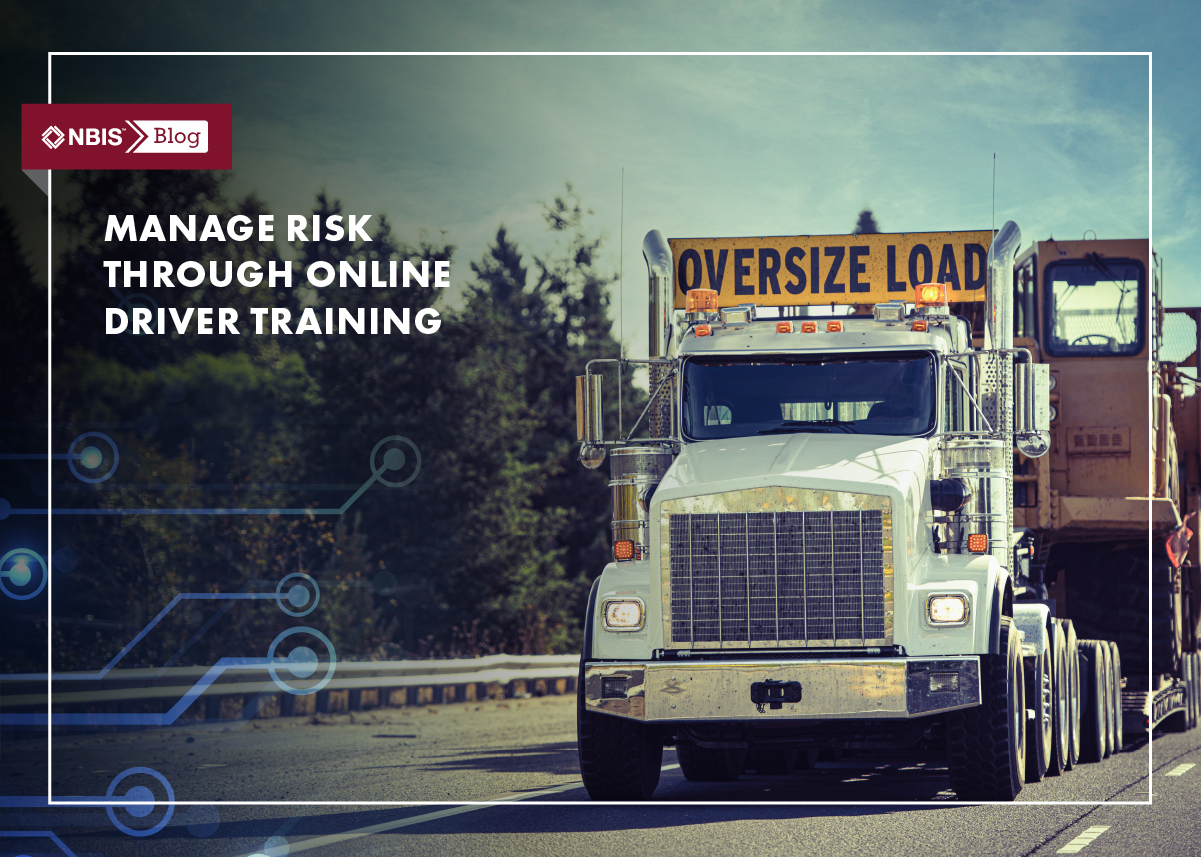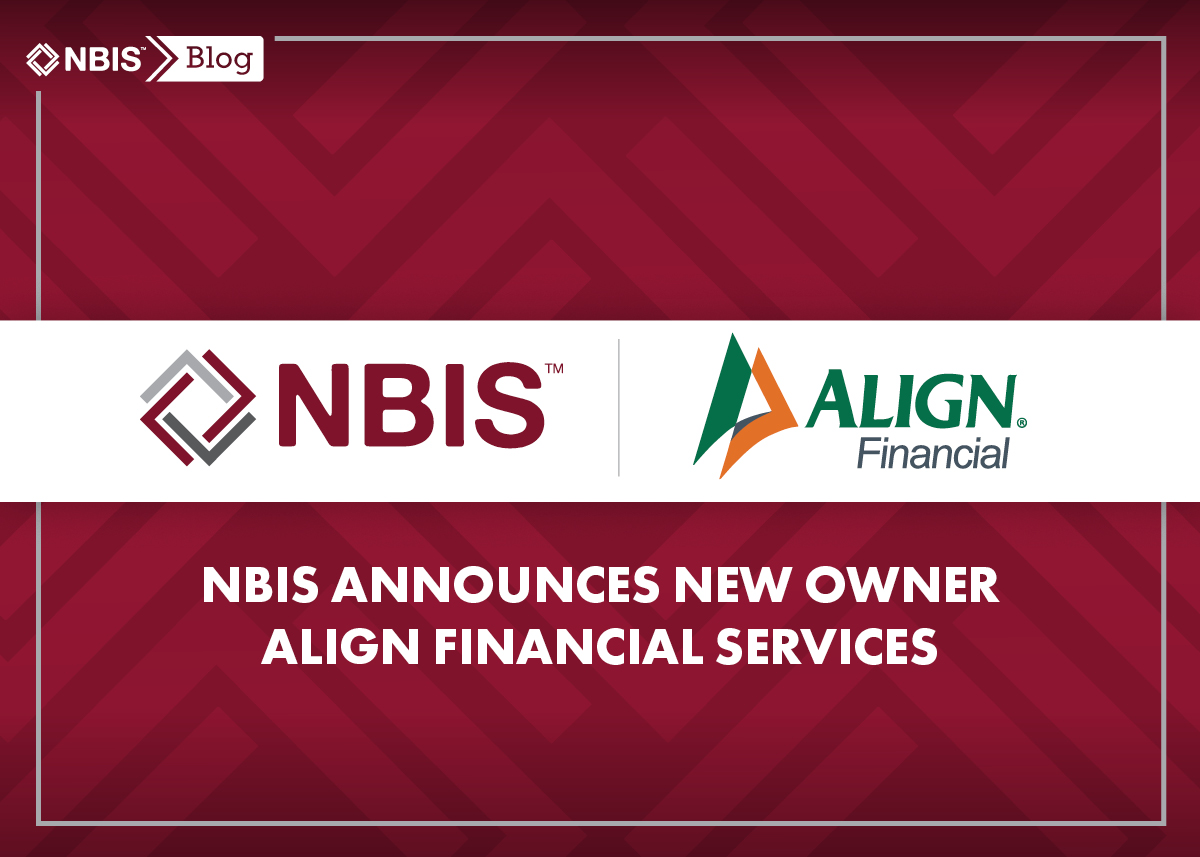Here at NBIS, we can’t emphasize enough the importance of consistent, regular driver training. We also understand that companies are busy and may find it difficult to devote time and resources to develop training programs. It’s hard enough to run day-to-day operations, nevermind trying to find time for training. However, rather than looking at driver training as an extra task to squeeze into your drivers’ workload, regular driver training should be a priority that is built into each driver’s schedule.
The Advantages of Online Training
Fortunately, NBIS offers a number of flexible, industry specific training courses through our Online Driver Training Modules. Using proprietary claims data, we developed one of the most comprehensive online driver training programs available today. Designed by some of the country’s foremost transportation experts, the Online Driver Training Module is specifically formulated for drivers operating mobile cranes, heavy haul tractors, and concrete pump trucks. This comprehensive program targets the most common high-risk driving situations and behaviors and gives practical ways to deal with and avoid them.
On top of that, each course takes around 15 minutes to complete and concludes with a test. Available 24/7, the system provides full tracking and reporting, which will allow you to protect your company and show that you have continued to train your employees. The program is designed for the type of vehicle your employees will drive. And perhaps best of all? The program is defensible in court in any situation where a claim arises.
To that end, if a driver is involved in an over-the-road claim and has successfully completed all five of our online driver training classes, the company qualifies for a deductible discount.
Why Do We Train?
For even the casual reader of our blog, it’s clear that NBIS is a big proponent of regular training, and while the reasons may seem obvious, it’s good to revisit them from time to time.
For starters, OSHA requires that training be conducted, documented, and continuous. Unfortunately, many companies are often so busy working that training is done much too briefly—on the fly or in a tool-box talk—and seldom completed in a formal setting. Companies will even skip it altogether, or not invest in it because they feel employees may ultimately choose to leave and it’s not worth the financial risk.
Aside from this, training is simply the right thing to do. Commercial drivers share the road with our families, friends, and neighbors. In order to ensure everyone’s safety, companies owe it to the public to prepare their drivers with the proper training.
Additionally, training can help build your company’s safety culture. It sends employees the message that your company values safe drivers, is willing to spend the resources to achieve safety, and that they should take safety seriously, as well. A strong safety culture pays dividends, especially from a risk management perspective, because all employees are on the same page when it comes to avoiding accidents and creating safe working environments.
Lastly, there are financial benefits from continuous, well-documented training. A history of training can help you defend against litigation if the driver is involved in an accident, and may also impact your premiums when it’s time to renew or change your insurance.
Companies should conduct driver training as part of their onboarding / driver orientation process, and at a minimum, they should conduct yearly training after that. Ensuring that new drivers can operate your company’s specific equipment isn’t technically required, but it’s wholly necessary. Don’t leave your new drivers to figure things out on their own.
Requiring a module a month is a great starting point, and the small time investment will reap immeasurable rewards in the long term.







